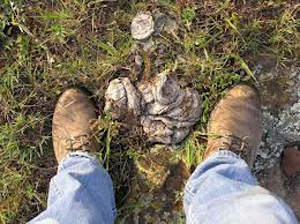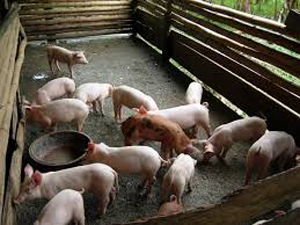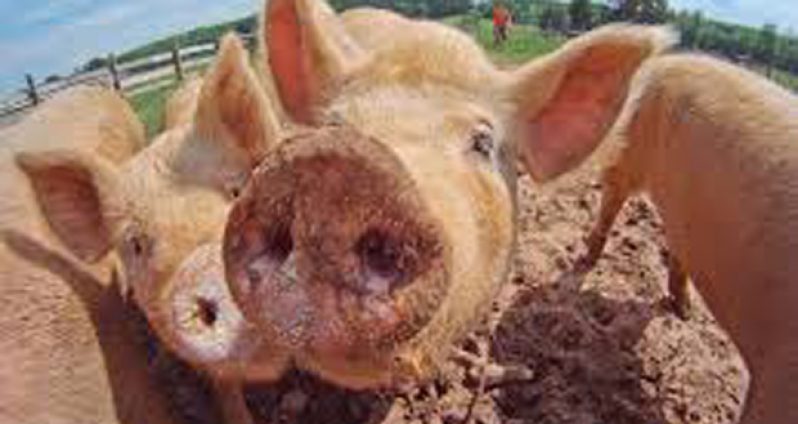What needs to be considered when rearing Swine?
When rearing swine whether on a small or large scale requires much consideration, since the environmental impacts can be far reaching. Air pollution, water contamination, soil degradation as well as human health effects are all reasons why we need to plan and execute this process carefully. Location
 Location is very important to swine rearing, Swine rearing should be done no more than 164 feet or 50 miles downwind from residences and water catchments, ideally agricultural lands are strongly recommended. This should be done to ensure that there is no intermingling of the swine with freshwater catchments used for human consumption. In addition, smell travels and we all know pigs have an obnoxious odor.
Location is very important to swine rearing, Swine rearing should be done no more than 164 feet or 50 miles downwind from residences and water catchments, ideally agricultural lands are strongly recommended. This should be done to ensure that there is no intermingling of the swine with freshwater catchments used for human consumption. In addition, smell travels and we all know pigs have an obnoxious odor.
Solid Waste Management
An overload of nutrients and other substances can lead to soil and water degradation. High-density pig production can release excessive amounts of nitrogen and phosphorus into the environment, and the high doses of copper and zinc fed to pigs to promote growth eventually accumulate in the soil. Hence, it may be more useful to effectively utilize appropriate storage which can reduce the amount of greenhouse gases released, and the production of combustibles through bio-digestion.
How do we manage waste?
• Pens should be cleaned, at least, twice daily. This includes dry cleaning (collection of solid waste without using water) and scraping of solid floors before water flushing and disinfection (multi-purpose disinfectants may be used).
• Collected manure may be used as a fertilizer on agricultural land. Animal manure has been recognized for centuries as an excellent source of plant nutrients and as a soil “builder” in terms of its positive benefits to soil quality.
The manure from sick animals is not recommended to be used as fertilizer, as it may contain pathogens or residue from medications that could negatively affect the soil, water, vegetation and human health.
• Following collection, animal waste not immediately used may be stored in covered pits or tanks.
• Reduce the volume of rainwater in the storage system by covering slurry tanks or lagoons with a rigid roof or floating cover and by placing dry manure or litter in a covered or roofed area.
Authorization Process
In Guyana, a lot of swine rearing is done on a small scale, however, if you are rearing more than 70 heads of swine, you will an Environmental Authorisation from the Environmental Protection Agency. This will ensure that you benefit financially from your operations while the health and environmental impacts are minimized. So whether you need an Environmental Authorisation or not, try your best to ensure that your Swine Rearing Operation is not a nuisance to those around you and that your health as well as the environment is not compromised.
Let’s do it right, the environment is everybody’s business!!!!
Share your ideas and questions by sending letters to: “Our Earth, Our Environment”, C/o EIT Division, Environmental Protection Agency, Ganges














